It is expected that on November 4, at the 10th session of the 15th National Assembly, Minister of Construction Tran Hong Minh will, on behalf of the Prime Minister, present the Draft Law on Construction (amended).
After more than 10 years of implementation, the 2014 Construction Law has created an important legal framework, contributing to putting construction investment activities into order, improving construction quality and investment efficiency.
However, facing the country's new development requirements, with the goal of institutional reform, digital transformation and deep integration, many provisions of the Law have revealed limitations and are no longer suitable for practice.
Managers, experts, businesses and people expect that this amendment to the Construction Law is not just a technical adjustment of the law, but a shift in state management thinking, from "control" to "development creation," while still ensuring discipline, transparency and responsibility.
Knots that need to be untied
The cumbersome and overlapping administrative procedures between the stages of appraisal, design, licensing and acceptance are one of the prominent issues. The fact that the same project has to go through many rounds of appraisal and inspection by different agencies increases compliance costs, prolongs progress and wastes social resources.
According to Mr. Le Hoang Chau, Chairman of the Ho Chi Minh City Real Estate Association, the current Construction Law stipulates that the Ministry of Construction must inspect and accept up to four times for grade 1 and special grade projects - which account for the majority in urban areas. This regulation not only increases costs but also prolongs procedures, directly affecting project progress.
Reality shows that the management mindset of “step-by-step control” is no longer suitable for the requirements of rapid, effective and transparent development in the new period. Many opinions suggest that it is necessary to shift the management focus from pre-control to post-control, giving more initiative to investors and competent consulting organizations, while strengthening the monitoring mechanism and handling responsibility when violations occur.
Not only in procedures, the classification of investment projects by capital sources is also a barrier. In the context of a modern market economy , state capital, private capital and mixed capital are increasingly intertwined. Meanwhile, applying the same control mechanism as now makes state-owned enterprises inflexible, making it difficult to compete with the private sector.
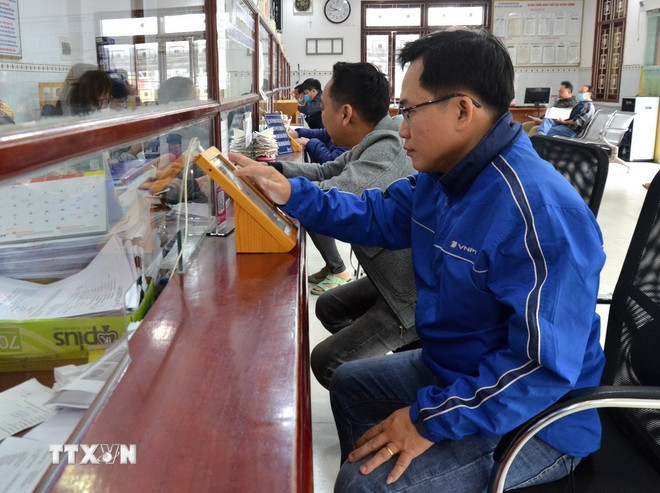
Chairman of the Vietnam Association of Construction Contractors Nguyen Quoc Hiep commented that the draft Law on Construction (amended) has made progress in covering non-budgetary activities, ensuring fairness among entities. However, it is still necessary to continue to perfect regulations to meet the requirements of key national projects such as high-speed railway or Long Thanh airport.
“The law should add the concept of contractor consortium - a form of association between independent contractors of different specialties, with a common management board, replacing the traditional joint venture model - to maximize professional capacity and flexibility in implementation,” Mr. Hiep proposed.
These proposals and recommendations not only aim to resolve immediate difficulties but also reflect the need for innovation in management thinking, from “detailed control” to “proactive facilitation”; from “licenses” to “trust and responsibility mechanisms.” This is the foundation for building a transparent, effective legal environment that encourages innovation in the construction industry.
If in the past, the legal system on construction mainly focused on controlling, licensing and closely monitoring each stage, now the requirement is to build a flexible and synchronous institution to create momentum for development.
This amendment to the Construction Law is considered an important step in the institutional reform process, in line with the spirit of the Central Resolutions on innovation in law-making, digital transformation and private economic development.
Lawyer Nguyen Van Chien - former Vice President of the Vietnam Bar Federation - analyzed that the amendment of the Construction Law is not simply a technical adjustment but an institutional reform.
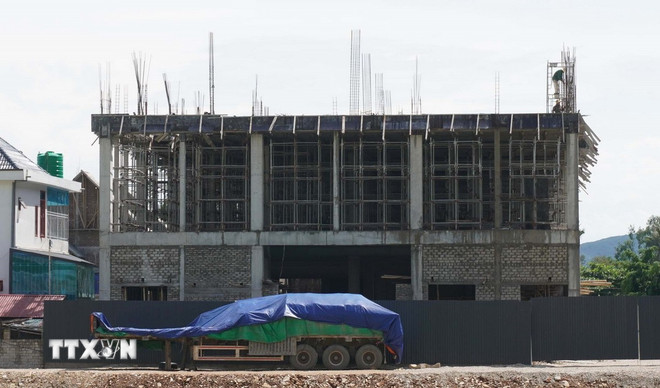
The new law must clearly demonstrate the spirit of shifting from a controlling mindset to a development-creating mindset, while still ensuring discipline and transparency. Especially, it is necessary to thoroughly grasp the spirit of important Resolutions such as: Resolution No. 66-NQ/TW on innovation in law-making and enforcement to meet the requirements of national development in the new era; in sync with Resolution 57-NQ/TW on breakthroughs in science and technology development, innovation and national digital transformation, Resolution No. 59-NQ/TW on international integration in the new situation, Resolution No. 68-NQ/TW on private economic development...
In particular, when localities officially convert to a two-tier government model, decentralization is increasingly emphasized. Decentralization does not mean letting things float. The more decentralization is implemented, the more accountability and supervision with digital data must be increased. Accordingly, the Construction Law (amended) also needs to create a mechanism for data to become a transparent and fair control tool, Lawyer Chien analyzed.
From control to facilitation
In fact, the draft Law on Construction (amended) has shown a constructive orientation through a series of new contents. Minister of Construction Tran Hong Minh affirmed that the draft Law amending and supplementing a number of articles is based on inheriting and developing regulations that have been applied stably and effectively, and have not encountered any problems in practical testing.
These are regulations on types and levels of construction works; insurance in construction activities; international cooperation in construction investment activities; project management content, progress of construction investment projects; record keeping; construction, supervision, acceptance, handover, warranty, maintenance of construction works, and handling of construction work incidents.
Institutionalizing Resolution No. 66-NQ/TW, the draft Law focuses on regulating only framework issues and principled issues under the authority of the National Assembly, while practical issues that frequently change are assigned to the Government, ministries, branches and localities to ensure flexibility and suitability with reality. Accordingly, specific regulations on authority, content, procedures, documents on appraisal, construction licensing, detailed regulations on project management forms, and management of construction activity capacity in the Construction Law are omitted. (Simplifying 35 articles of the 2014 Construction Law), Minister Tran Hong Minh informed.
One of the amended contents is the regulation on project classification. Accordingly, it is not classified by capital source as in the current Construction Law but by investment form (public investment, PPP, business investment) to ensure the distinction between investment activities carried out in accordance with investment laws and construction activities carried out in accordance with the Construction Law.
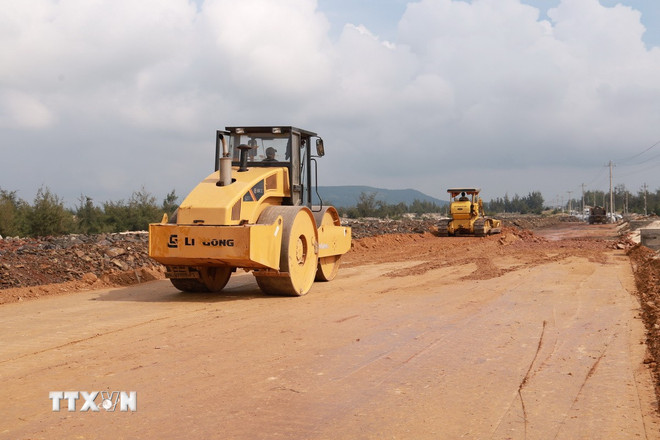
At the same time, in the stage of establishing and appraising construction investment projects, a provision has been added allowing the investment decision maker to decide to use the types of designs in the Feasibility Study Report suitable to the nature and technical requirements of the project.
Simplify the appraisal content by having the construction professional agency only control construction safety, fire prevention and fighting, compliance with standards, and conformity with planning as the basis for project establishment. Other contents are delegated to the investment decision maker and investor to implement.
In the establishment, appraisal and approval of construction designs, the procedure for appraising designs implemented after the basic design at the specialized construction agency is also abolished; the investor is given authority to control all construction designs after the investment project is approved; the role and responsibility of design consultants and appraisal consultants in professional contents for these designs are enhanced.
At the same time, amend the regulations on project management forms: amend the form "Specialized project management board, Regional project management board" to "Construction investment management board"; for the remaining forms, combine them into "investor organizing project management" to increase initiative and flexibility in implementation, in line with the rearrangement of the central government apparatus and 2-level local government.
Regarding construction permit issuance, implementing the principle from the preparation stage to the time of construction commencement, the state management agency on construction only controls once for each project and construction work. Accordingly, projects/works whose Construction Feasibility Study Report has been appraised by a specialized construction agency are exempted from construction permits.
For the remaining projects, simplify procedures by implementing the entire process online; simplify documents and conditions; minimize licensing time (expected maximum 7 days).
In addition, regarding construction works, review and reduce the number of subjects required to carry out acceptance inspection procedures; specify the conditions for starting construction.

Cost determination and management also clearly stipulates the concept, content, method of determining and managing investment costs, and the system of normative tools and construction prices.
Amend regulations related to the use and reference of these tools in determining construction investment costs, ensuring convenience, flexibility, and suitability with specific mechanisms.
At the same time, regarding contract management, a number of regulations are also adjusted and supplemented to ensure consistency and synchronization with the provisions of the Law on Bidding, the 2015 Civil Code and the principle of freedom and voluntary agreement in contract conclusion.
Construction capacity management has abolished requirements on capacity conditions and capacity certificates of enterprises; cut down a number of fields that do not require individual practice certificates.
At the same time, amend and supplement regulations to enhance the application of information technology and digital transformation in state management; encourage the use of green, smart, environmentally friendly, energy-efficient materials and buildings; encourage the application of construction techniques and technologies, research and application of science and technology, and innovation...
With the right orientation and strong reform spirit, the Construction Law (amended) is expected to become an important turning point in institutional reform, contributing to creating a transparent investment environment, improving national competitiveness and promoting the modern and sustainable development of Vietnam's construction industry in the new period./.
Source: https://www.vietnamplus.vn/sua-luat-xay-dung-chuyen-tu-tu-duy-kiem-soat-sang-kien-tao-phat-trien-post1074609.vnp


![[Photo] Ho Chi Minh City Youth Take Action for a Cleaner Environment](https://vphoto.vietnam.vn/thumb/1200x675/vietnam/resource/IMAGE/2025/11/04/1762233574890_550816358-1108586934787014-6430522970717297480-n-1-jpg.webp)

![[Photo] Panorama of the Patriotic Emulation Congress of Nhan Dan Newspaper for the period 2025-2030](https://vphoto.vietnam.vn/thumb/1200x675/vietnam/resource/IMAGE/2025/11/04/1762252775462_ndo_br_dhthiduayeuncbaond-6125-jpg.webp)

![[Photo] The road connecting Dong Nai with Ho Chi Minh City is still unfinished after 5 years of construction.](https://vphoto.vietnam.vn/thumb/1200x675/vietnam/resource/IMAGE/2025/11/04/1762241675985_ndo_br_dji-20251104104418-0635-d-resize-1295-jpg.webp)
![[Photo] Ca Mau "struggling" to cope with the highest tide of the year, forecast to exceed alert level 3](https://vphoto.vietnam.vn/thumb/1200x675/vietnam/resource/IMAGE/2025/11/04/1762235371445_ndo_br_trieu-cuong-2-6486-jpg.webp)






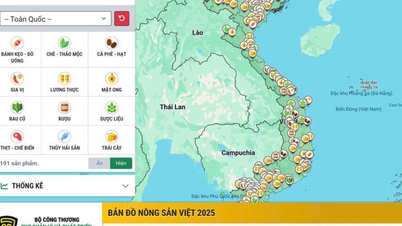
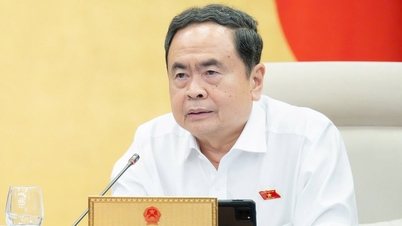




![[Photo] Prime Minister Pham Minh Chinh chairs the 20th meeting of the National Steering Committee on combating illegal fishing.](https://vphoto.vietnam.vn/thumb/402x226/vietnam/resource/IMAGE/2025/11/04/1762267178314_dsc-0115-jpg.webp)

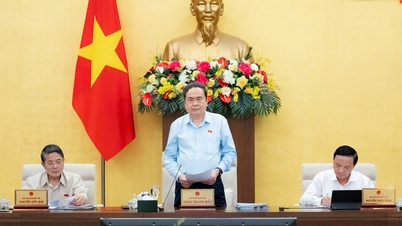










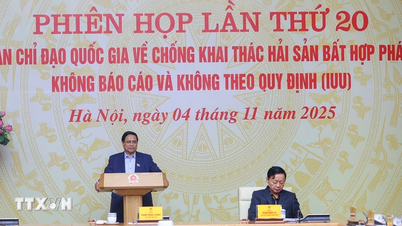























































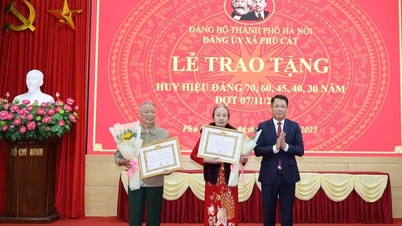
















Comment (0)